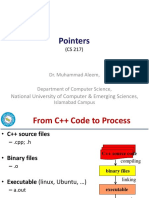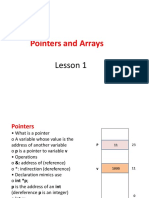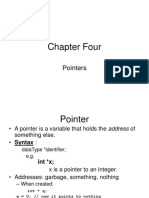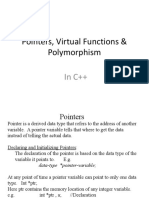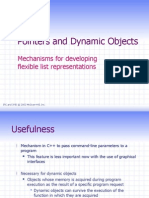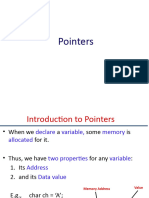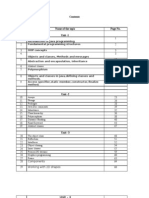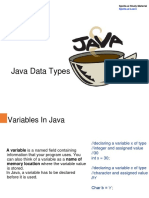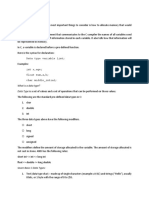0% found this document useful (0 votes)
117 views30 pagesLecture 06
This document summarizes a lecture on pointers, arrays, and files in C++. It discusses pointers and how they point to objects in memory, pointer arithmetic, arrays and how they are related to pointers. It provides examples of using pointers with arrays and functions. It also discusses reading from and writing to files in C++ using input and output streams. The lecture covers three main topics: pointers and arrays, examples using arrays, and memory management techniques in C++.
Uploaded by
Martis88Copyright
© Attribution Non-Commercial (BY-NC)
We take content rights seriously. If you suspect this is your content, claim it here.
Available Formats
Download as PDF, TXT or read online on Scribd
0% found this document useful (0 votes)
117 views30 pagesLecture 06
This document summarizes a lecture on pointers, arrays, and files in C++. It discusses pointers and how they point to objects in memory, pointer arithmetic, arrays and how they are related to pointers. It provides examples of using pointers with arrays and functions. It also discusses reading from and writing to files in C++ using input and output streams. The lecture covers three main topics: pointers and arrays, examples using arrays, and memory management techniques in C++.
Uploaded by
Martis88Copyright
© Attribution Non-Commercial (BY-NC)
We take content rights seriously. If you suspect this is your content, claim it here.
Available Formats
Download as PDF, TXT or read online on Scribd
/ 30
























